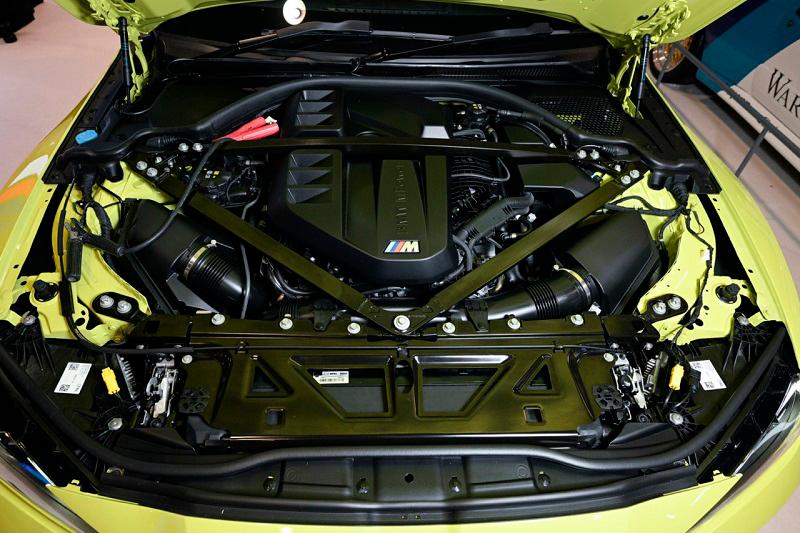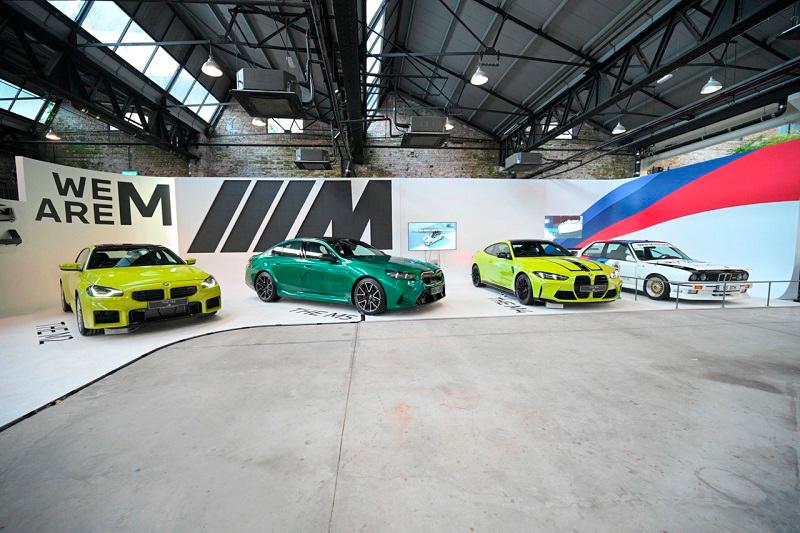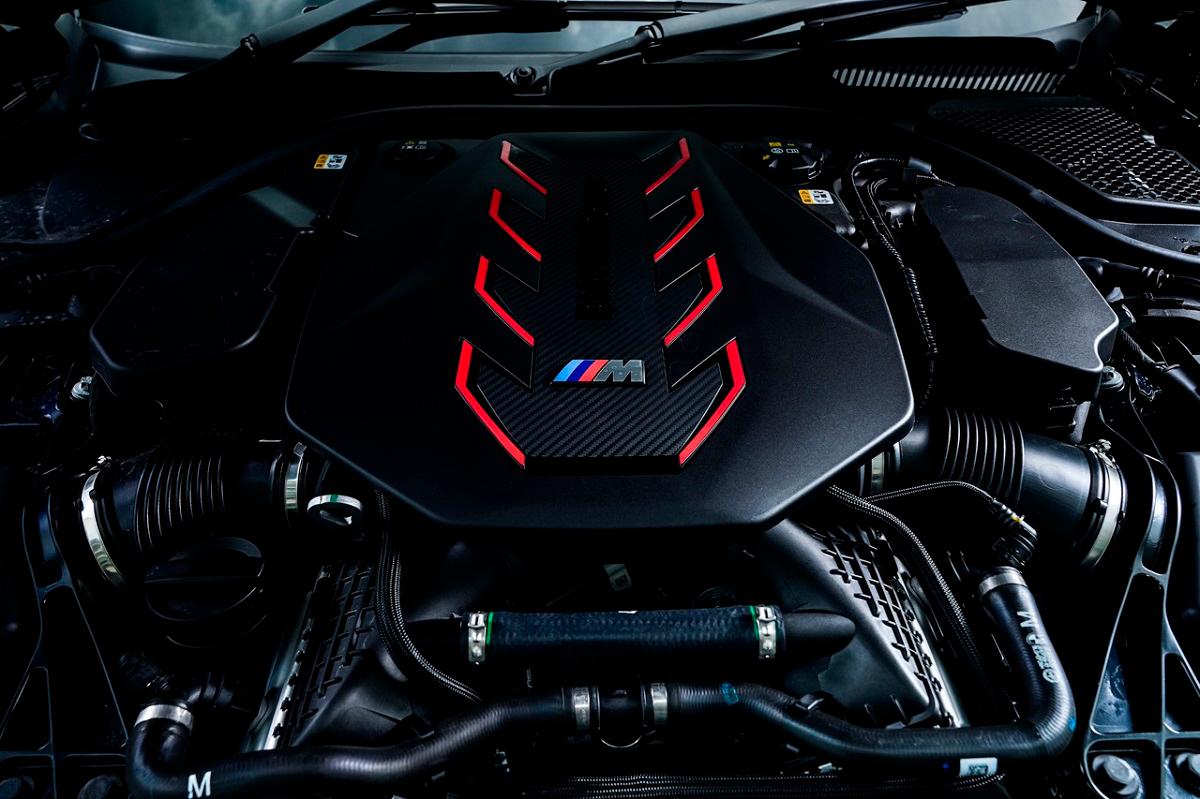BMW M has confirmed its commitment to maintaining high-performance powertrains in the face of the upcoming Euro 7 emissions regulations, which will come into effect with significantly more stringent testing conditions. The new rules, although keeping current emissions limits from the Euro 6e standard, introduce a more rigorous set of testing protocols designed to better replicate real-world driving scenarios.
Under these updated requirements, vehicles must now remain emissions-compliant for a full decade or up to 200,000km, doubling the current durability standard. Furthermore, for the first time, emissions from brake dust and tyre particles will also be subject to regulatory scrutiny, expanding the environmental scope of the legislation beyond just tailpipe pollutants.
According to Autocar, BMW M CEO Frank van Meel acknowledged that meeting Euro 7’s technical demands was not the central issue. The primary challenge, he said, lay in preserving the level of performance expected from the marque’s engines.
Van Meel highlighted that Euro 7 regulations require engines to operate continuously at a lambda value of one, a perfect balance between air and fuel in the combustion process. This requirement eliminates the use of fuel as a cooling agent under high-performance conditions, a common method used in current engine designs. As a result, BMW M engineers had to find new ways to control combustion temperatures without sacrificing output.

He explained that enhancements to both the combustion process and the vehicle’s cooling systems were necessary to counter the build-up of heat under these new constraints. While reducing performance could be an easy solution to the thermal challenge, Van Meel made clear that this was not an acceptable path for BMW M. The company, he said, was determined to retain the performance levels that define the M badge, and the development process began with that unwavering objective.
While the technical details of the modifications made to meet Euro 7 standards remain under wraps, Van Meel indicated that the changes include some “very interesting” engineering advancements, with further disclosures expected in the near future.
Despite growing pressure to adopt smaller engines paired with greater electrification to meet stricter emissions targets, BMW M has no plans to downsize its powertrains. When asked about the possibility of transitioning to three- or four-cylinder engines in future M models, Van Meel firmly rejected the idea. He argued that such configurations do not align with the brand’s philosophy, particularly in terms of torque delivery, engine character, and the weight dynamics of its vehicles.

Referencing the long-standing heritage of BMW’s iconic straight-six and V8 engines, Van Meel reiterated the company’s intent to continue building performance powertrains that reflect its motorsport roots. “I couldn’t imagine putting a four-cylinder in an M5,” he said, underscoring BMW M’s refusal to compromise its performance ethos, even in an era of intensifying environmental regulation.
As Euro 7 approaches, BMW M’s position reflects a broader tension within the automotive industry, balancing the demands of sustainability and regulatory compliance without relinquishing the brand identity and driving dynamics that enthusiasts have come to expect.









